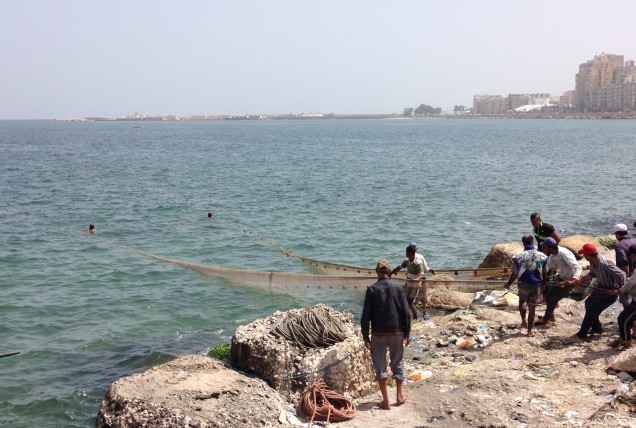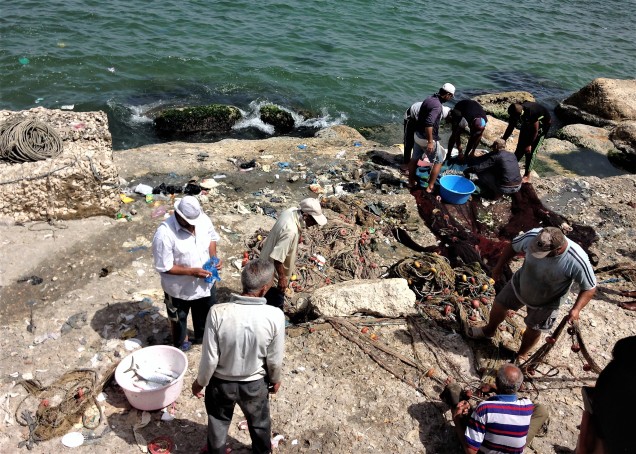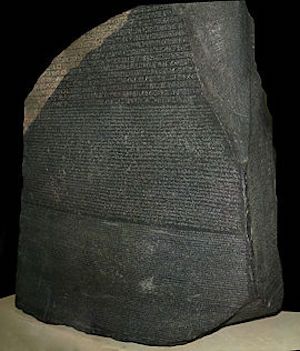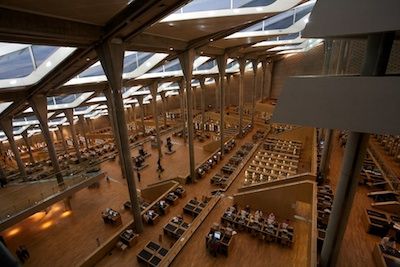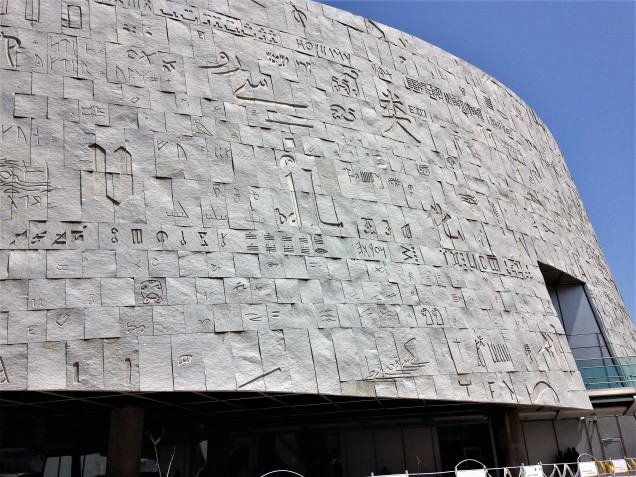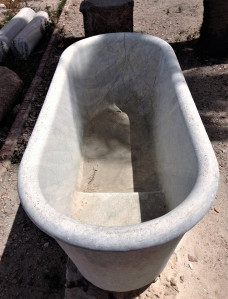Interior Wall Scenes
Sety I is admired by many art historians for the superb quality of the relief carvings made during his reign. This pharaoh's high standards is especially appreciated when it is compared to the often poor quality of reliefs carved during the reign of his son Ramesses II and later in the Ramesside era. One scholar, Herbert Winlock, went so far as to write an elaborate description of Sety as an art connoisseur! The finest reliefs made during the reign are found in the temple of Sety I at Abydos. In this temple, flawless blocks of limestone were used to their full advantage by sculptors who embellished the reliefs with exquisite details usually done in paint. Only the fine grain of the limestone permitted this high level of detail.
The reliefs in the Karnak Hypostyle Hall are typical of the excellent quality we expect from Sety I, although they are not quite as fine as the Abydos reliefs. The reason for this is that the Hypostyle Hall was built of sandstone, which is much coarser than limestone. Sandstone is made of compacted sand crystals, while limestone is basically compacted chalk powder. Sety had reliefs inside the Hypostyle Hall carved in the bas relief style where the figures and hieroglyphs stand out against a flat background. They are very elegant, but take longer to make than sunk relief.
All of Sety's inscriptions inside the Hypostyle Hall are in bas relief, but a closer look reveals some interesting changes along the way. We know that the first wall scenes were carved on the north gateway (for more information, click here). Some reliefs on the north gateway and on the east half of the north wall just to the right of the gate were carved with the high level of detail found in the Abydos temple. But soon, it was decided that this method was too laborious or that the sandstone was too coarse for such elaborate relief. Other reliefs of Sety I in the hall have a more usual level of carved detail. The rest was done in paint.
The sculptors had completed all of the walls and smaller columns in the south wing of the Hypostyle Hall and had just started on the walls in the south wing when Sety I died. Although the clerestory roof was inscribed in his name, the twelve great columns were not carved until Ramesses II became king. The great columns were the first inscriptions carved in the name of the young king. Ramesses bows to the gods in the scenes on the great columns. This bowing pose is typical of Sety I's work but not of Ramesses II's own reliefs. The most likely explanation is that Sety's artists had drawn cartoons for the scenes, but had not yet carved them. In fact, they may have also colored these drawings as a temporary substitute for genuine relief carving. With so much work to complete, this is hardly surprising and similar colored cartoons are found in parts of the Abydos temple of Sety that were never carved in relief.
After his father Sety I died, Ramesses II continued the decoration of the southern wing of the Hypostyle Hall. Originally, he used the same high quality of bas relief favored by Sety. Very soon, he changed his mind and began to have all the decoration made in sunk relief. Sunk relief is less elegant, but can be made more quickly. Visitors will not find any of these bas reliefs in the south wings because Ramesses later had them changed into sunk relief. We know they were originally carved as bas relief from the numerous carved lines and raised edges surrounding the carvings in this part of the hall.
Although the basic themes remained mostly the same, Ramesses II's made other changes to his style of decoration as well. Ramesses completed the Hypostyle Hall in the first two years of his reign. At the same time, he was experimenting with the way his royal names were written in his cartouches. In his first year or so, his throne name was User-maat-re, meaning something like "Powerful-of-Truth-is-the-Sun-God-Re." The name is "spelled" with different combinations of hieroglyphs in the scenes carved at this time.
He also spelled his personal name in two different ways. Sometimes he was Ra-mes-su, like his father Ramesses I, elsewhere the cartouche is in the more familiar written Ra-mess-es
Sometime during his second year on the throne, Ramesses II decided on the final form of his cartouches. Now, Ra-mess-es was used consistently. He had also been experimenting with adding different epithets on to his throne name. His final choice was Setep-en-Re, "The-Chosen-One-of-Re." The full throne name was therefore always written User-Maat-Re-Setep-en-Re until the end of his reign (right). Once he had decided the permanent form of his cartouches, Ramesses II went about making the different styles of decoration in the south wing of the Hall uniform. Both he and his father had made some bas relief decoration here. This was all converted to sunk relief. The cartouches of Sety I along with the earlier form of his own cartouches were all changed to the final version. By detecting all these changes, Egyptologists have been able to discover the order in which the decoration in the south wing was completed.
Although Ramesses II seemed to show little respect for his father Sety I by taking credit for his inscriptions in the southern wing of the Hypostyle Hall, other reliefs show this was not the case. In several reliefs Ramesses carved there, he is shown conducting the offering ritual for his deceased father who is portrayed as a deified king. Although Sety looks like any other king at first glance, he always holds an ankh-sign, the symbol of life usually carried only by the gods. The Ramesside 19th Dynasty was only a decade old when Ramesses II came to the throne. They came from a line of military officers after the old 18th Dynasty had died out. But their legitimacy might still be challenged. Just as Sety I had done by honoring Ramesses I on the west wall, Ramesses II honored Sety on the south wall. Each wanted to show that he was the son of a pharaoh, no matter how brief his father's reign had been. Only the son of a pharaoh could become pharaoh
|


















